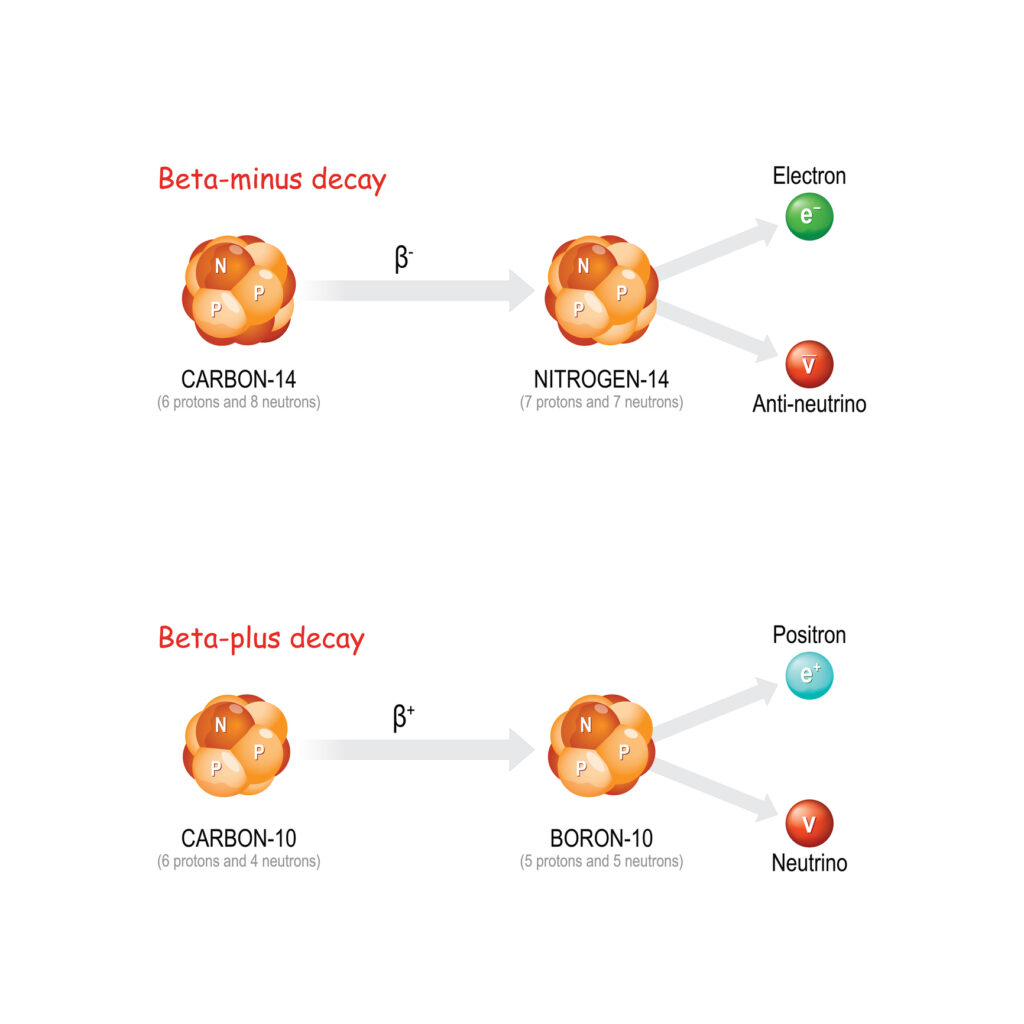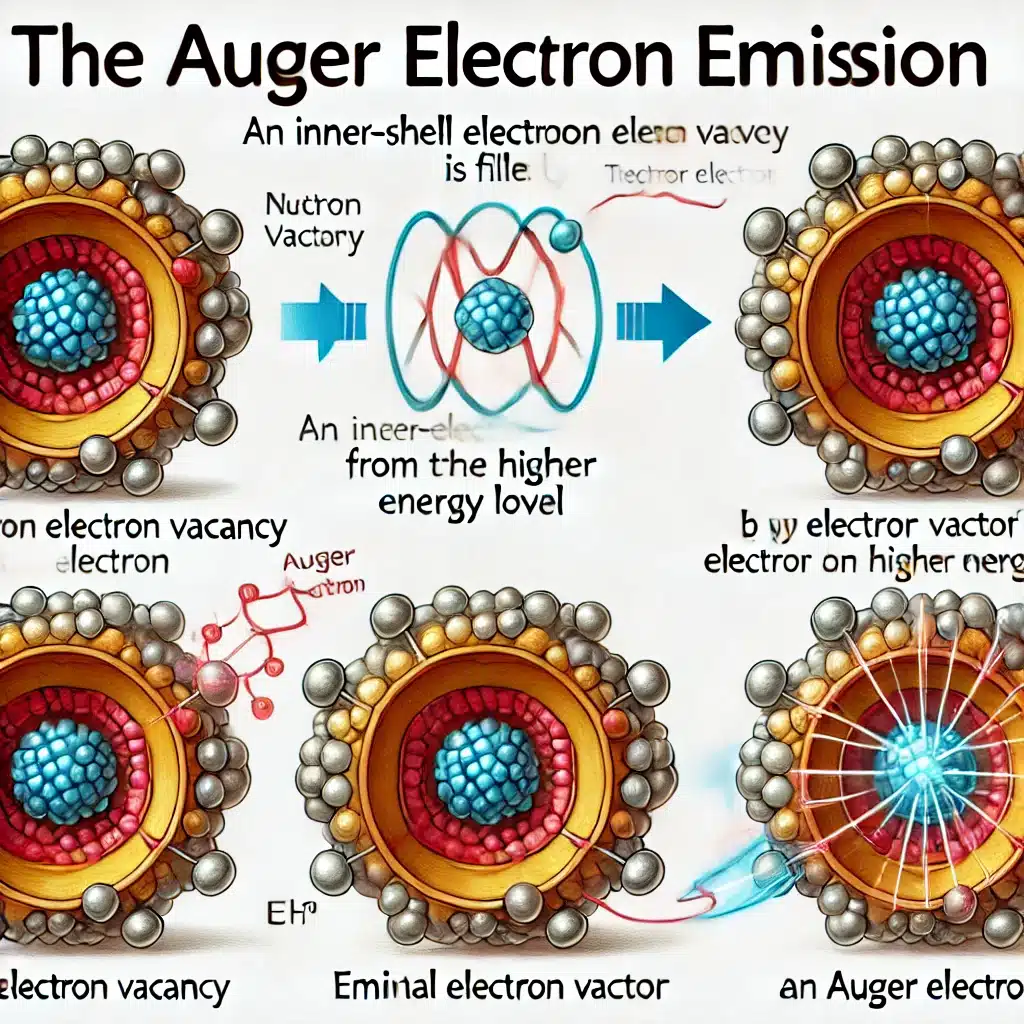Summary: The fine-structure constant, denoted by α, is a dimensionless physical constant that plays a crucial role in determining the strength of electromagnetic interactions between elementary charged particles. Its significance spans multiple areas in physics, from quantum electrodynamics (QED) to atomic structure and beyond. This article explores the definition, historical background, implications, and mysterious nature of α, providing a comprehensive overview of its importance in modern physics.
Introduction to the Fine-Structure Constant (α)
In fundamental physics, constants form the backbone of theoretical and practical understanding. Among these, the fine-structure constant, α, holds a unique place. Introduced in the early 20th century, α quantifies the strength of the electromagnetic force—a force that governs interactions between charged particles. Mathematically, it is expressed as:
α=e2/4πϵ0ℏc
Where:
- e is the elementary charge,
- ϵ0 is the permittivity of free space,
- ℏ bar is the reduced Planck’s constant,
- c is the speed of light in a vacuum.
Historical Background and Discovery
The fine-structure constant was first introduced by Arnold Sommerfeld in 1916 as part of his work on the Bohr model of the atom. Sommerfeld’s extension of Bohr’s model included relativistic corrections that explained the fine structure observed in spectral lines of hydrogen. This “fine structure” refers to the subtle splitting of spectral lines due to electron spin and relativistic effects, necessitating a constant to describe these refinements. The resulting parameter, α, has become one of the most fascinating constants in physics due to its dimensionless nature and the wide array of contexts in which it appears.
The Value and Significance of α
The fine-structure constant is approximately equal to:
α≈1/137≈0.0072973525693
Being dimensionless, α is independent of any units, which implies that its value remains the same regardless of the system of measurement. This characteristic gives it a unique universal quality and makes it central to understanding the scale of electromagnetic interactions.
Significance in Physics
- Quantum Electrodynamics (QED): The fine-structure constant plays a critical role in QED, the theory that describes how light and matter interact. Richard Feynman, a pioneer of QED, famously described α as “one of the greatest damn mysteries of physics.” The value of α determines the strength of the coupling between photons and charged particles, influencing the probability of photon emission or absorption by electrons.
- Atomic Physics: In atomic physics, α determines the magnitude of splitting in atomic energy levels due to fine structure. This splitting affects the spectra emitted by atoms and is essential for precision measurements in spectroscopy.
- Electromagnetic force: α quantifies the electromagnetic force’s relative strength compared to other fundamental forces. For instance, it is significantly weaker than the strong nuclear force but much stronger than the gravitational force at the atomic scale.
Mathematical Expression and Components
To better understand α, it is crucial to break down its components:
- Elementary Charge (e ): Represents the charge of a single proton and is approximately 1.602× 10−19 C.
- Permittivity of Free Space (ϵ0): This constant is essential for understanding how electric fields interact in a vacuum and is approximately 8.854×10−12 Fm-1).
- Reduced Planck’s Constant (ℏ): A fundamental constant in quantum mechanics, equal to 1.055×10−34 Js.
- Speed of Light (c): The universal constant for the speed of light in a vacuum, approximately 3×108 ms-1.
These components, when combined, yield a dimensionless number that captures the essence of electromagnetic interactions at the quantum level.
Implications Across Physics
Quantum Field Theory (QFT) and Electromagnetism
In QFT, the fine-structure constant appears in the Lagrangian that describes the behaviour of quantum fields. It influences the running of the coupling constant, meaning that the perceived strength of the electromagnetic interaction can vary depending on the energy scale at which it is measured. This energy dependence is crucial for understanding processes in particle accelerators and high-energy physics experiments.
Fine Structure in Atomic Spectra
When examining the fine structure of atomic spectra, α provides a correction factor for the splitting of spectral lines. For example, in hydrogen atoms, the fine-structure splitting results from the interaction between an electron’s spin and its orbital motion. The value of α influences the energy difference between these split levels, and precise measurements of this splitting have been used to confirm the accuracy of quantum electrodynamics.
Role in Fundamental Theories
The fine-structure constant’s mysterious dimensionless nature has led to its consideration in various theoretical frameworks. It is often seen as a potential key to unlocking deeper symmetries in the universe. Theories such as grand unification and string theory have attempted to explain why α has the value it does, though a definitive explanation remains elusive.
Why 1/137? The Mystery of α
The value of α is not derived from first principles, making it one of the most intriguing constants in physics. Its appearance in so many fundamental equations has led to much speculation. Is α simply a mathematical coincidence, or does it point to an underlying principle of nature that is yet to be discovered?
Physicists like Wolfgang Pauli and Richard Feynman have highlighted α’s enigmatic role. Pauli even expressed frustration over not being able to derive α from a fundamental theory, considering it a significant gap in understanding. The idea that α is approximately 1/137 has inspired philosophical discussions and even esoteric interpretations, underscoring how fundamental and perplexing this number is to the scientific community.
Experimental Determination and Precision
Over the years, physicists have made increasingly precise measurements of α using a variety of methods:
- Electron Anomaly Experiments: By measuring the anomalous magnetic dipole moment of the electron, researchers have been able to calculate α to an unprecedented level of precision. This approach relies on the relationship between α and the magnetic moment corrections in quantum electrodynamics.
- Quantum Hall Effect: The quantisation of the Hall conductance in two-dimensional electron systems provides another route to determine α. This effect, which depends on fundamental constants, offers a highly accurate means of measuring the value of α.
- Atomic Recoil: Experiments that measure the recoil of atoms during photon absorption or emission also contribute to the precision determination of the fine-structure constant.
Modern Theoretical Perspectives
Running Coupling Constants
In modern quantum field theories, α is considered a “running” constant, meaning its effective value changes depending on the energy scale. At very high energies, such as those encountered in particle colliders, the coupling constant increases, indicating a stronger electromagnetic interaction. This running nature of α is described by the renormalisation group equations, a central concept in QED.
Grand Unified Theories (GUTs)
GUTs attempt to unify the electromagnetic, weak, and strong nuclear forces under a single theoretical framework. These theories predict relationships between coupling constants at high energy scales, hinting at a deeper connection between α and other fundamental constants.
Cosmological Implications
Some cosmological theories have proposed that α may not be a true constant but could vary over time or across different regions of the universe. While experimental evidence to support this idea is currently lacking, such theories raise important questions about the uniformity of physical laws and constants in the cosmos.
The Fine-Structure Constant in the Future
The quest to understand α continues to be a major driver in both theoretical and experimental physics. As precision measurement techniques improve and new theoretical frameworks are explored, physicists hope to one day derive α from first principles or discover why it has the value it does. Whether through advancements in particle physics, cosmology, or quantum gravity, α remains a constant that bridges the known with the unknown in the quest for a unified understanding of the universe.
Conclusion
The fine-structure constant α is much more than a numerical curiosity; it is a foundational pillar in our comprehension of the electromagnetic force and quantum theory. Its role in shaping atomic structures, determining the strength of electromagnetic interactions, and posing fundamental questions about the nature of physical laws continue to inspire physicists. As research advances, the hope of decoding the mystery behind α remains an enduring challenge, one that could potentially unlock deeper secrets about the universe itself.
Disclaimer
The content of this article is intended for informational and educational purposes only. While Open Medscience strives to ensure the accuracy and reliability of the information presented, no guarantees are made regarding its completeness, scientific precision, or current validity. The article reflects a general interpretation of scientific concepts and may include theoretical perspectives and historical context that are subject to ongoing research and revision.
This publication does not constitute professional advice in physics or any related discipline and should not be used as a substitute for consultation with qualified experts. Readers are encouraged to refer to primary scientific literature and peer-reviewed sources for in-depth analysis and current developments related to the fine-structure constant and associated theories.
Open Medscience and its contributors shall not be held liable for any loss, damage, or inconvenience arising from the use of or reliance on the information provided in this article.
You are here: home » diagnostic medical imaging blog »



